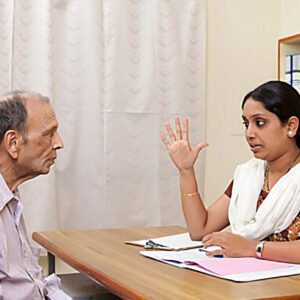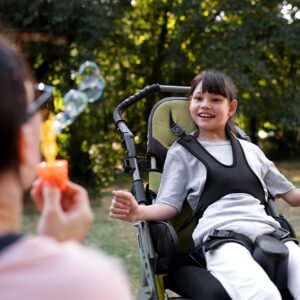Abstract- Could name objects but couldn’t ask for his needs
When 5-year-old Rahul came to Samvaad, he had already spent many unsuccessful hours in therapy. Diagnosed with Autism at the age of two, he could only name common objects by the age of 5 but couldn’t ask for them if he wanted or needed them. This crucial gap in his inability to communicate his needs led to incessant screaming and shouting throughout the day. Rahul could never sit in one place for more than half-hour in any of the different schools he’d attended. He spent all his time in the playground because every time Rahul had a frustration-driven meltdown, he was sent out of class.
Just five months of ABA-based Therapy at Samvaad changed Rahul’s life. He learned to ask for his needs and even learned to say, “I want to go home.” The biggest reward for us was discovering that he had begun to use aspects of language that had not been explicitly worked on.
Takeaway Note
Autism can be identified by 18 months by poor communication, poor socialization, and presence of repetitive play, or lack of creative play. The first line of treatment should be ABA Therapy. This program has better results than any other eclectic approach. ABA programs produce measurable changes in expressive language, comprehension, imitation, play, reading, writing, and social skills. The ABA approach can also solve problems in eating, sleeping, and toilet training. Speech Therapy and occupational Therapy are additionally given to children much later based on their needs.






